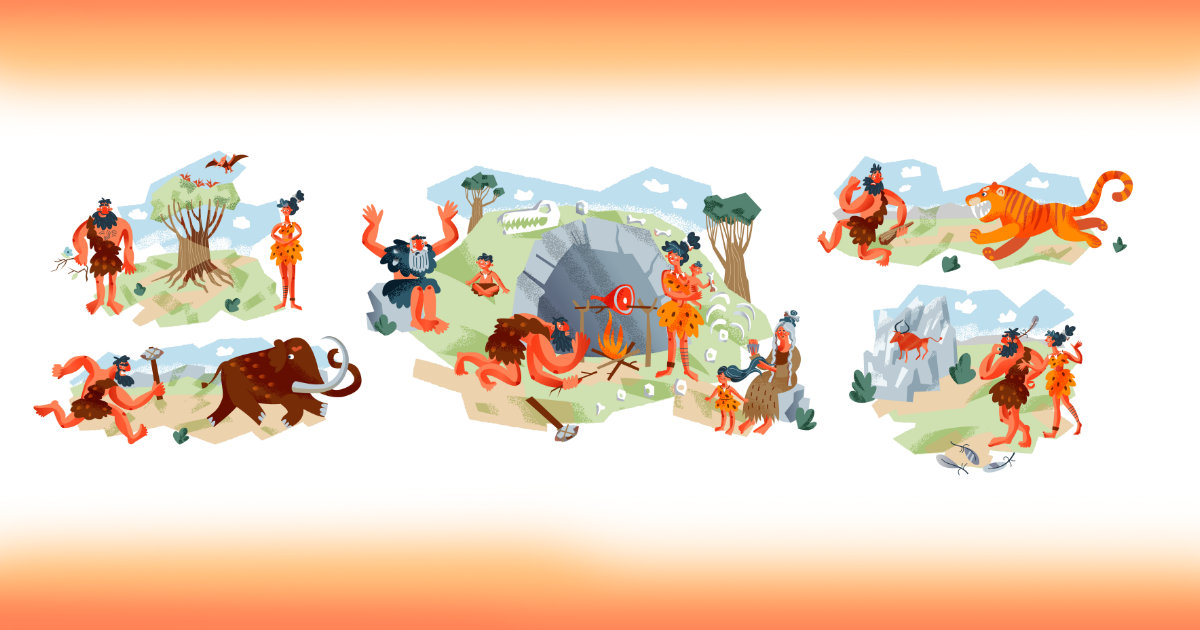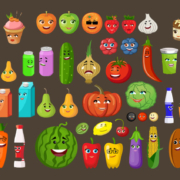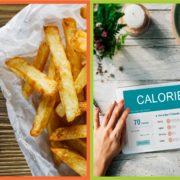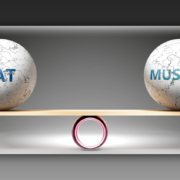Is Summer Paleo Diet Time?
Now that we’re past Memorial Day, we’re officially in the summer season. For many people, that typically means they grill more than at other times of the year—I know that I do. It also seems like we favor more vegetables and fruit. In a way, it seems to mimic the paleo diet approach: we eat foods closer to nature before planned agriculture became common. I can’t say we’re hunter-gatherers because we mostly shop at the same grocery stores, but we may buy foods closer to the source due to the prevalence of roadside stands and farmers markets. With all the fresh food available, we also may eat fewer grains and starches, which also fits the paleo profile.
Or does it? Researchers at Simon Fraser University decided to examine the premise behind the paleo diet in terms of proportion of protein, carbohydrate, and fat. The current paleo diet approach consists of 19-35% protein, 22-40% carbohydrate, and 28-58% fat. While the range of percentages in each energy category are wide, it does focus on much higher protein and much lower carbohydrate, especially refined carbohydrates.
In a recently published paper, researchers at Simon Fraser University examined the percentage of energy nutrients in the diet of ten hunter-gatherer societies and in different locations. They derived the following percentage of energy nutrients: 14%–35% protein, 21%–55% carbohydrate, and 12%–58% fat. The percentages were significantly different—they incorporated a wider range in each nutrient category.
Are these differences meaningful in the real world? I’ll let you know on Saturday. Meanwhile, time to grill some burgers and veggies.
What are you prepared to do today?
Dr. Chet
Reference: https://doi.org/10.1016/j.ajcnut.2022.12.003









